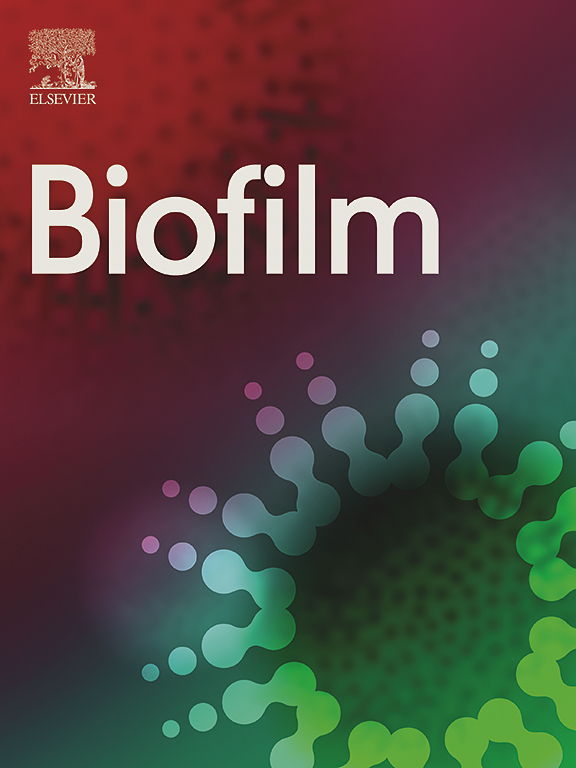揭示WIPF1/ACTN4复合物在人胎盘evt足体形成中的作用:对复发性自然流产的见解
IF 9.4
2区 医学
Q1 BIOCHEMISTRY & MOLECULAR BIOLOGY
引用次数: 0
摘要
成功的胎盘发育和妊娠依赖于有效的胞外滋养细胞(EVT)侵袭。复发性自然流产(RSA)中EVT侵袭不足的机制尚不清楚。WAS/WASL相互作用蛋白家族成员1 (WIPF1)是细胞骨架动力学的关键调节因子,仅在妊娠早期胎盘evt中表达。基因敲除实验显示WIPF1在胎盘成功发育中起着至关重要的作用;水平降低会损害细胞迁移,而过表达则会产生相反的效果。此外,在htsc衍生的evt中,WIPF1的下调阻碍了滋养细胞的分化。WIPF1与ACTN4相互作用,调控足小体形成、基质降解和肌动蛋白聚合,可能由其ARG54位点介导。值得注意的是,WIPF1在人RSA患者evt和RSA小鼠滋养细胞巨细胞(CBA/J × DBA/2)中显著下调。这种关联表明WIPF1在RSA发病机制中可能起关键作用。总之,我们的研究强调了WIPF1是EVT侵袭的关键因素,强调了其在妊娠并发症(如RSA)中的多面作用和意义。本文章由计算机程序翻译,如有差异,请以英文原文为准。
Unraveling the role of the WIPF1/ACTN4 complex in podosome formation of human placental EVTs: Insights into recurrent spontaneous abortion
Successful placental development and pregnancy rely on effective extravillous trophoblast (EVT) invasion. The mechanisms underlying inadequate EVT invasion in recurrent spontaneous abortion (RSA) remain unclear. WAS/WASL interacting protein family member 1 (WIPF1), the key regulator of cytoskeletal dynamics, is exclusively expressed in first-trimester placental EVTs. Knockdown experiments revealed WIPF1's crucial involvement in successful placental development; reduced levels impaired cell migration, while overexpression induced the opposite effects. Moreover, WIPF1 knockdown in hTSC-derived EVTs hampered trophoblast differentiation. WIPF1 interacted with ACTN4 to regulate podosome formation, matrix degradation, and actin polymerization, potentially mediated by its ARG54 site. Notably, WIPF1 was significantly down-regulated in human RSA patient EVTs and RSA mice trophoblast giant cells (CBA/J × DBA/2). This association suggests WIPF1 as a potential key player in RSA pathogenesis. In conclusion, our study spotlights WIPF1 as a pivotal factor in EVT invasion, emphasizing its multifaceted roles and implications in pregnancy complications like RSA.
求助全文
通过发布文献求助,成功后即可免费获取论文全文。
去求助
来源期刊

Genes & Diseases
Multiple-
CiteScore
7.30
自引率
0.00%
发文量
347
审稿时长
49 days
期刊介绍:
Genes & Diseases is an international journal for molecular and translational medicine. The journal primarily focuses on publishing investigations on the molecular bases and experimental therapeutics of human diseases. Publication formats include full length research article, review article, short communication, correspondence, perspectives, commentary, views on news, and research watch.
Aims and Scopes
Genes & Diseases publishes rigorously peer-reviewed and high quality original articles and authoritative reviews that focus on the molecular bases of human diseases. Emphasis will be placed on hypothesis-driven, mechanistic studies relevant to pathogenesis and/or experimental therapeutics of human diseases. The journal has worldwide authorship, and a broad scope in basic and translational biomedical research of molecular biology, molecular genetics, and cell biology, including but not limited to cell proliferation and apoptosis, signal transduction, stem cell biology, developmental biology, gene regulation and epigenetics, cancer biology, immunity and infection, neuroscience, disease-specific animal models, gene and cell-based therapies, and regenerative medicine.
 求助内容:
求助内容: 应助结果提醒方式:
应助结果提醒方式:


